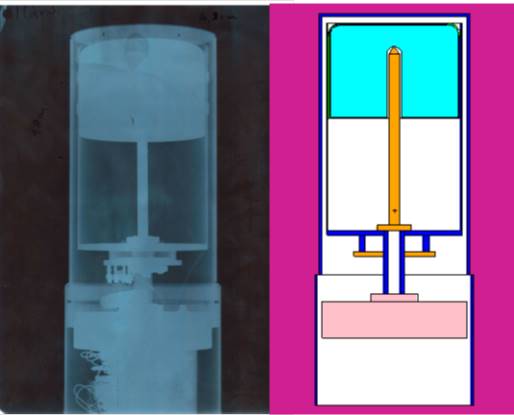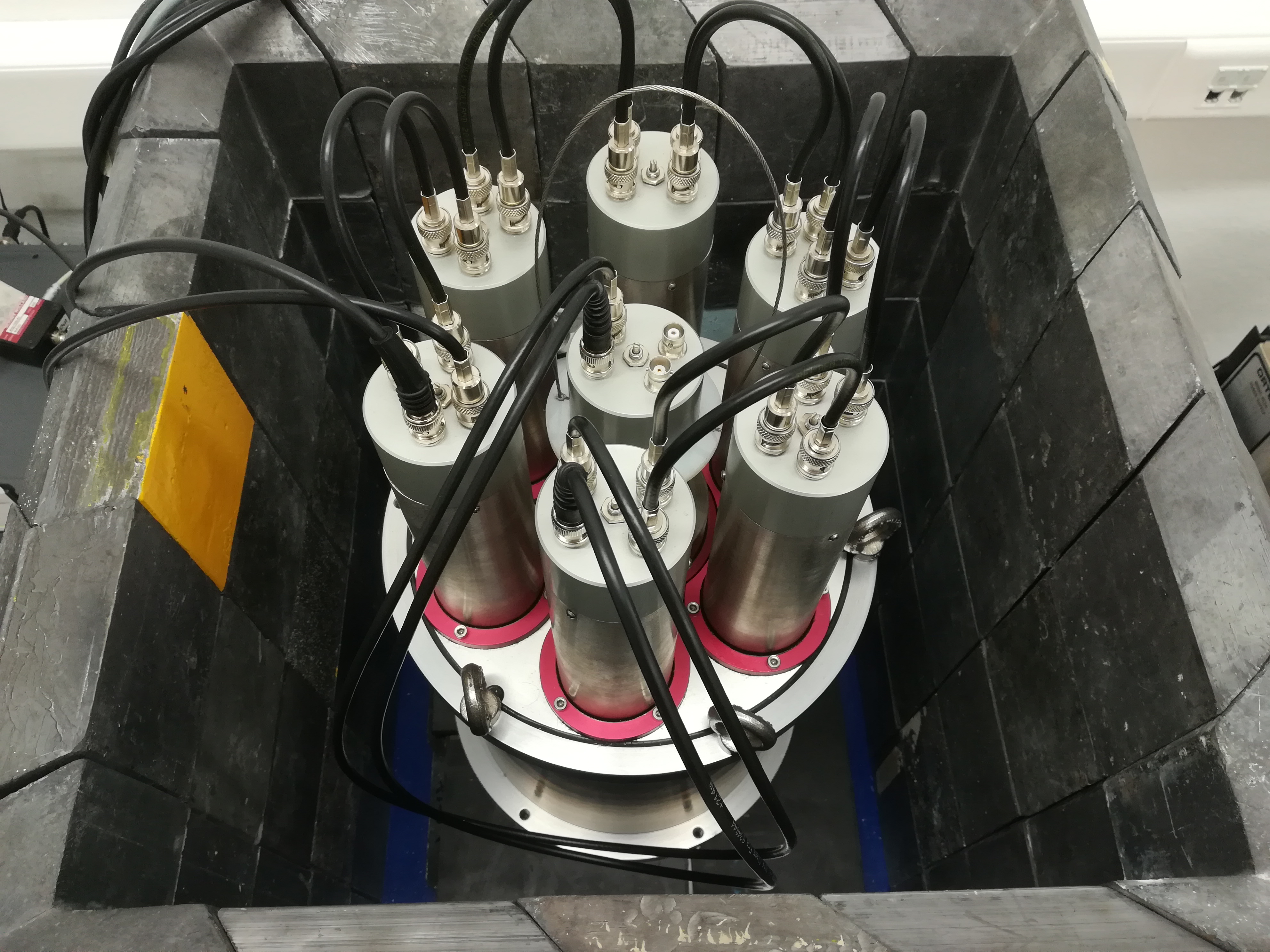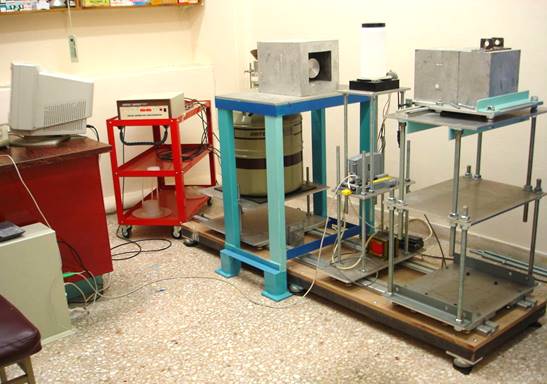
Gamma spectrometry is a nuclear measurement technique enabling identification and quantification of gamma-emitting radionuclides in a sample. Gamma spectrometers of high resolution are typically equipped with high-purity germanium (HPGe) detectors (Fig. 1).
Radionuclides disintegrate emitting photons of specific energy. The interactions of these photons with the detector depends on several parameters including the energy of the emitted photons, the shape and type of the detector, the distance between the detector and the sample as well as the dimensions and physical characteristics of the sample. The result of such interactions are electrical pulses at the output of the detector, which are then processed by a digital electronics chain that amplifies and shapes the pulses to convert them in an energy spectrum. The typical energy range of photons examined is from 10 keV to 2-3 MeV.
The lab is equipped with three fully operational HPGe detector based spectrometry systems. Each system is adapted to perform a specific type of application, such as:
- Large volume sample analysis, with coarse resolution gamma scanning option available (Fig. 2)
- Compton continuum suppression spectrometry (Fig. 3)
- High activity sample analysis
The detectors are calibrated using reference gamma sources and Monte Carlo simulations taking into account different sample types, shapes and sizes, as well as different measurement geometry configurations.
The main application of the gamma spectrometry laboratory is for the radiological characterization of fusion materials. For example, samples of ITER materials have been measured, after irradiation at the Joint European Torus (JET), in order to experimentally determine their induced activities under realistic fusion neutron spectra and conditions and benchmark predictions of state-of-the-art computation codes and data used in ITER design.



